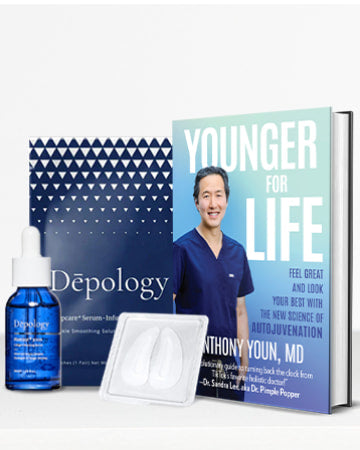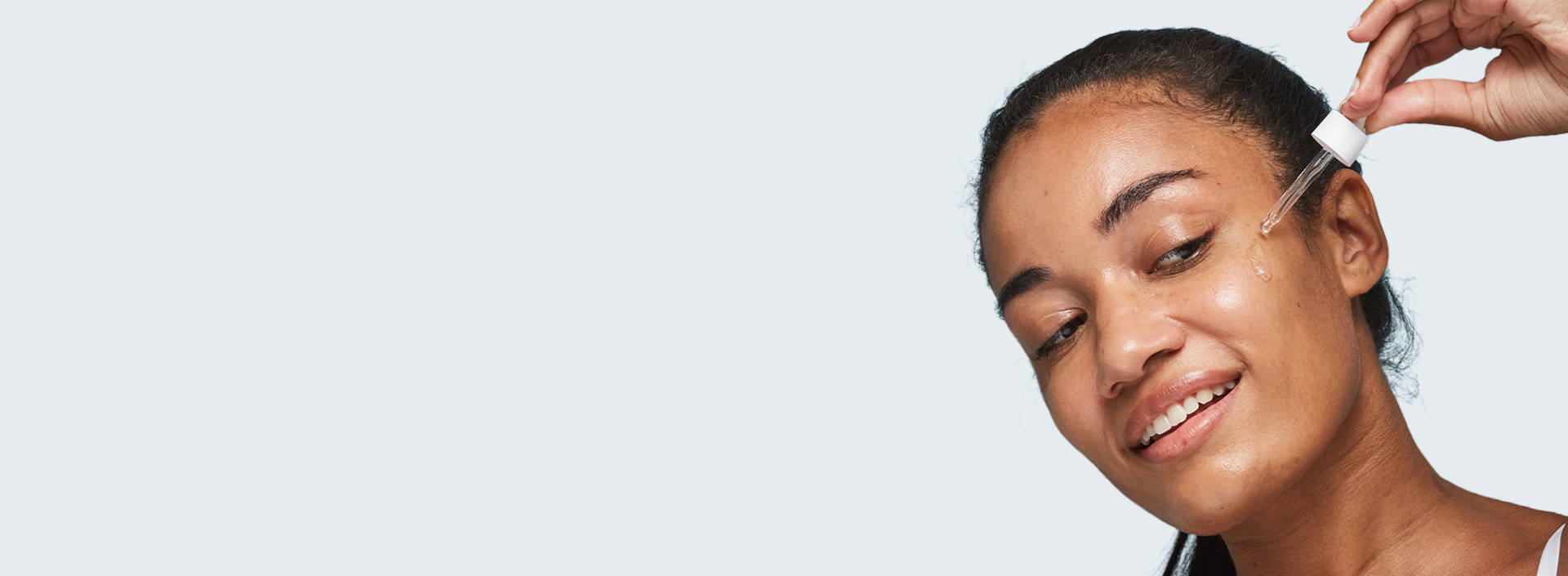Benefits of Ferulic Acid in Skincare
Found in the cell wall of plants, ferulic acid’s primary purpose in skincare is to work against free radicals that attack our skin cells and work to rejuvenate the skin. By working alongside other antioxidants and supporting them to boost their effects, skin stabilization and strengthening is more likely to occur than not using products containing ferulic acid.
Ferulic acid is commonly found in facial serums and creams. When it is combined with other antioxidants such as Vitamin A and E, it forces the ingredients to last longer, its effects increasing in duration to combat free radicals that damage our skin.
Aside from the well-known effects ferulic acid has in combatting free agents and preventing future creation of enzymes, it has also been found to increase the effectiveness of micro-needling products, which have gotten more popular in skincare in recent years. This cosmetic procedure, which can be done at home or professionally in the office, involves tiny, sterilized needles being injected into the skin, collagen and elastic production in the skin. Our at-home micro dart patches are a simple step to avoid leaving the comfort of your home and experiencing this solution for yourself.
The compatibility of ferulic acid in skincare is perhaps one of the most appealing aspects of the antioxidant. When mixed with Vitamin B and niacinamide, this results in smoother skin. When applied with retinol products, your skin will appear brighter and have a more even tone.
An antioxidant that works particularly well with ferulic acid is Vitamin C. Ferluc acid helps to promote the increase of photoprotection from Vitamin C’s ability to minimize skin damage. Vitamin C, while highly recommended and found in a majority of anti-aging skincare products, doesn’t work well by itself as opposed to when combined with ferulic acid.
When applied solo, it can degrade quickly when exposed to direct sunlight. This is often times why you will find Vitamin C products in opaque or amber-colored bottles rather than transparent ones.
As this ingredient is no stranger to adaptability, it can be incorporated into an AM or PM skincare routine. When used in the AM, it will allow antioxidants in the skin to have an even greater advantage to combat environmental factors throughout your daily activities. If applied in the PM before you go to bed, the remnants of topical antioxidant products will help to kickstart your AM routine even further, leaving you more prepared to take on external agents.














